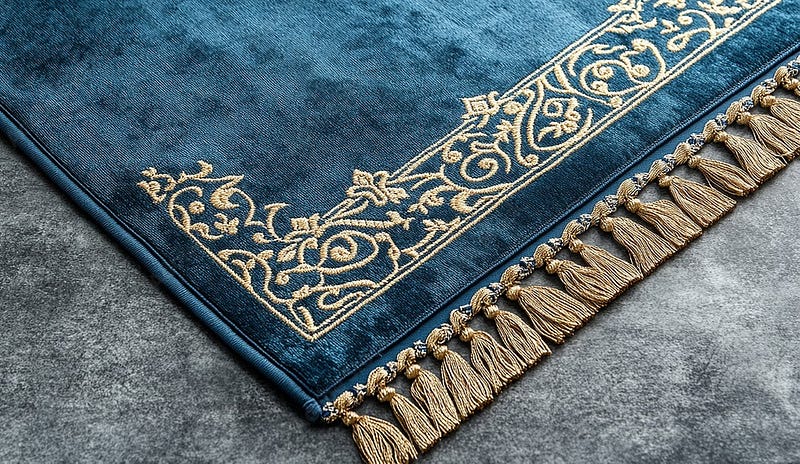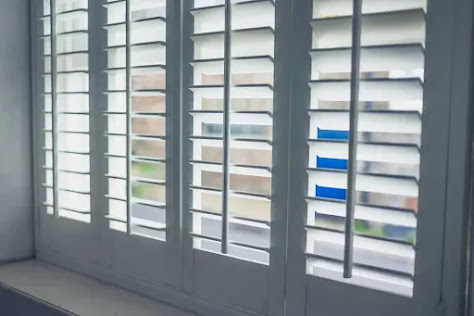The Importance of Masjid Prayer Mats: A Symbol of Comfort and Reverence
Prayer is the cornerstone of a Muslim’s daily life. It’s a time for reflection, connection with Allah, and spiritual rejuvenation. Whether performed at home or in a mosque (masjid), the act of prayer is sacred and requires an environment that enhances its tranquility and focus. One essential element in any masjid prayer mats, a simple yet significant tool that plays a vital role in the practice of Islam.
The Role of Prayer Mats in Masjid
In mosques, prayer mats are often spread out in rows to provide a designated space for each worshipper during prayer. These mats are not just functional; they carry deep significance, symbolizing cleanliness, respect, and devotion. When worshippers come to the masjid, they are stepping onto a sacred space, and the prayer mat serves as a boundary for their personal connection with Allah. It creates a space that is free from distractions, enabling individuals to focus entirely on their worship.

Practical Benefits of Prayer Mats
Beyond their symbolic importance, masjid prayer mats offer several practical advantages. First and foremost, they provide comfort to the worshipper during the prayer. The act of prostration, or sujud, requires individuals to kneel and touch their foreheads to the ground. A prayer mat offers a soft and cushioned surface, which reduces discomfort during lengthy prayers, especially in large masjids where marble floors or tiles may be too hard to kneel on for long periods.
Prayer mats also provide a clean and hygienic surface for worship. Islam places great importance on cleanliness, and the prayer mat ensures that the worshipper’s body remains free from dirt and impurities while performing the ritual of prayer. In a shared space like a masjid, where multiple people gather to pray throughout the day, it’s essential to maintain cleanliness to avoid the spread of germs or illness. The prayer mat serves as a personal space that can be easily rolled up, washed, or replaced to ensure it is always clean for the next prayer.
Design and Aesthetics of Masjid Prayer Mats
While practicality is the primary focus, prayer mats in masjids are also often designed with great care and beauty. Many masjid prayer mats feature intricate patterns, often inspired by Islamic geometric art or calligraphy, which enhances the spiritual ambiance of the mosque. These designs are not only aesthetically pleasing but also symbolic, reflecting the rich cultural and artistic heritage of the Islamic world. Some mats even feature specific marks that guide the worshipper in the proper orientation for prayer, ensuring they face the qibla, the direction of the Kaaba in Mecca.
Types of Prayer Mats
Masjid prayer mats vary in design, size, and material, catering to different needs and preferences. Some mats are large enough to accommodate several people, especially in mosques with communal prayer spaces. Others are smaller, portable mats that can be folded and carried by individuals for personal prayer. The material of the mats can range from soft fabrics like cotton or velvet to more durable materials like nylon, which can withstand the wear and tear of daily use in high-traffic areas. The choice of material plays a role in comfort, durability, and ease of cleaning, making it important for masjid administrators to select mats that can endure heavy use.
Conclusion
Masjid prayer mats Dubai are far more than just a functional item. They are a crucial part of creating a peaceful and respectful atmosphere within the mosque. From providing comfort and cleanliness to enhancing the aesthetics of the prayer space, prayer mats offer numerous benefits that support the worshipper in their spiritual journey. Whether simple or elaborately designed, these mats hold a deep significance in Islamic culture, helping Muslims maintain focus and reverence during their daily prayers.


Comments
Post a Comment